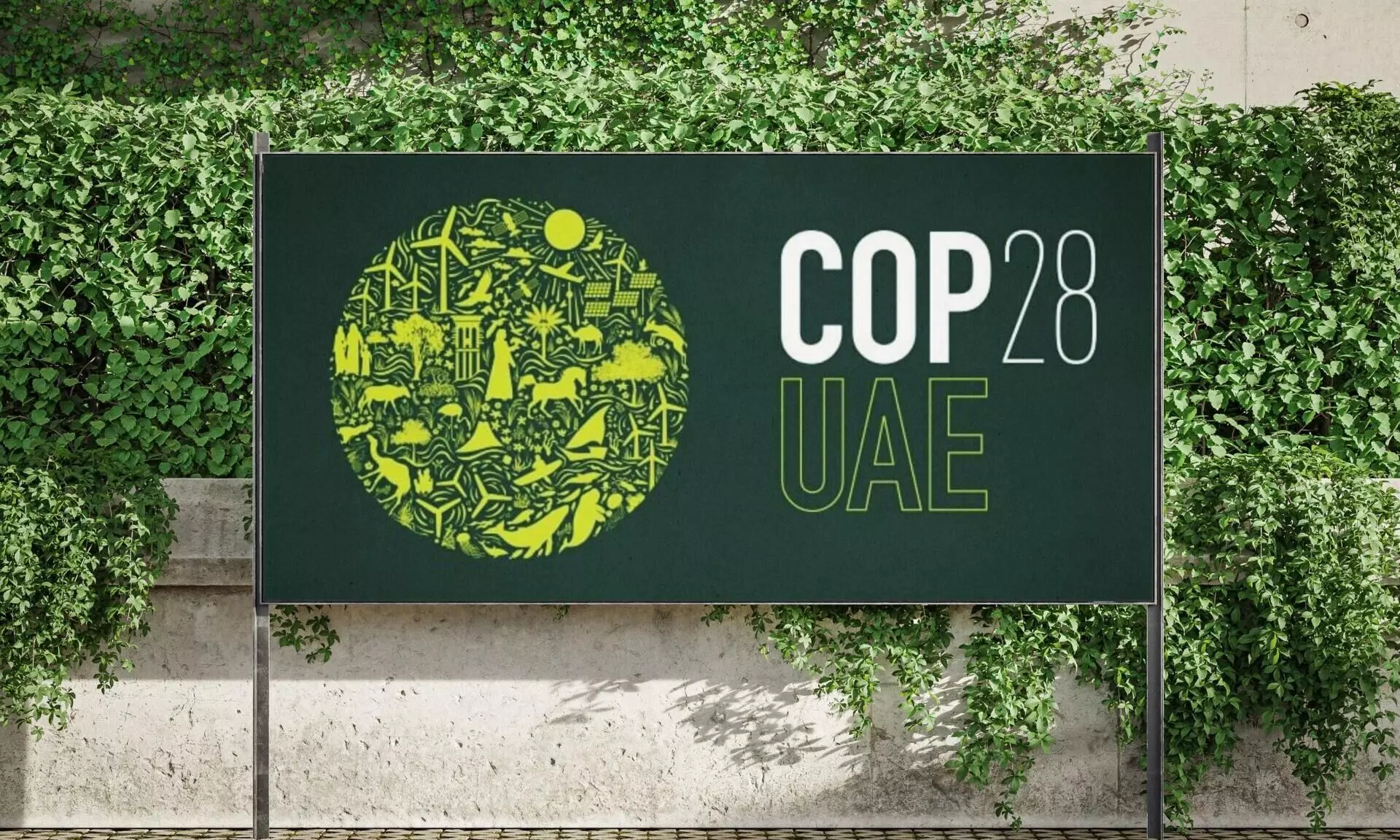
COP28 gives passive eye on phasing out fossil fuels?
text_fieldsDubai: The draft text for the Global Stocktake at the COP28 uses a “weak language” over phasing out fossil fuels and promoting renewables, reports IANS.
At the summit, leaders from organisations representing impacted indigenous and frontline communities, who have participated, tracked, and intervened in the two-week-long climate summit, continue to call upon world leaders to pass and adhere to globally binding agreements, including an immediate and equitable phase-out of fossil fuels, dirty energy, and to commit to direct climate finance and reparations for communities that are bearing the brunt of the climate crisis.
Negotiators say that the stocktake text is “messy and unbalanced”. Calling the text a “death warrant, the Alliance of Small Island States (AOSIS) said that they would not sign it, while the European Union said that it would back out if the text was not improved.
Harjeet Singh, head of global political strategy at Climate Action Network International, told IANS that the Global Stocktake text on fossil fuels represents a significant regression from previous versions. He added that the text makes a vague commitment to the reduction of consumption and production by 2050. He suggests that it is lobbying by fossil fuel industries.
However COP28 President Sultan Al Jaber claimed that the reflects those ambitions and is a huge step forward. However, the parties could do what is best for humanity and the planet, he added.
Further, Many climate negotiators and observers told IANS on Tuesday for the Global Goal on Adaptation (GGA), for example, there are still questions about the feasibility of timelines and means of implementation.
For the Global Stocktake, negotiations include the next steps, funding, and implications for mitigation measures, but due to huge pressure from a small number of petrostates, the new draft text is actually a step backwards.
The Loss and Damage Fund has now been established, but many questions remain here, too, such as how much funding will be available in the long run, how it can be accessed, etc.





